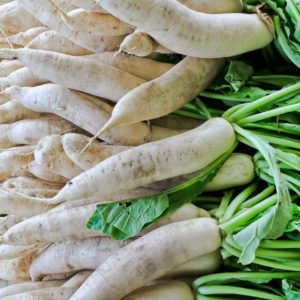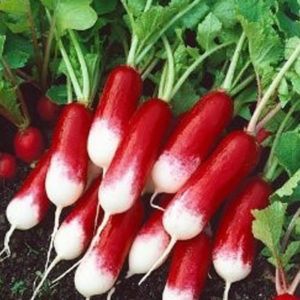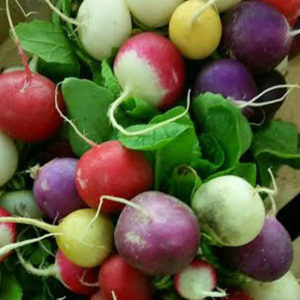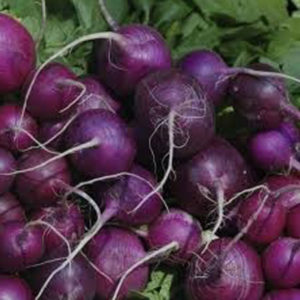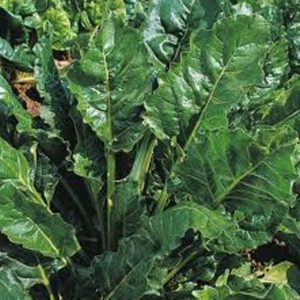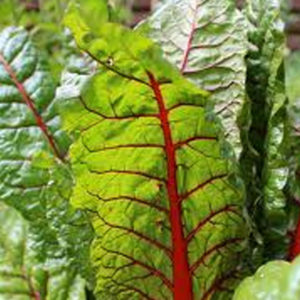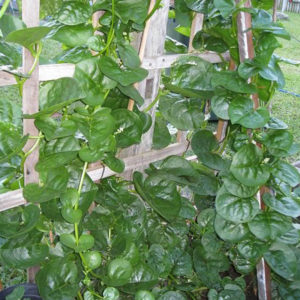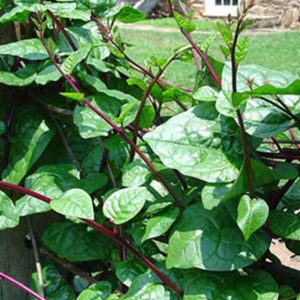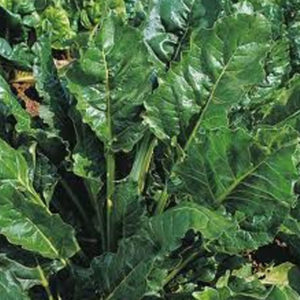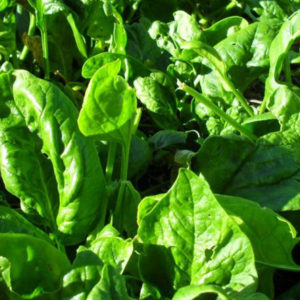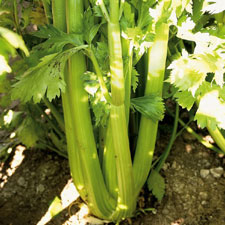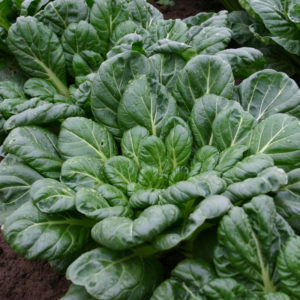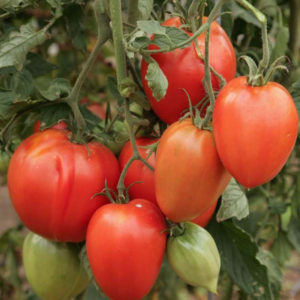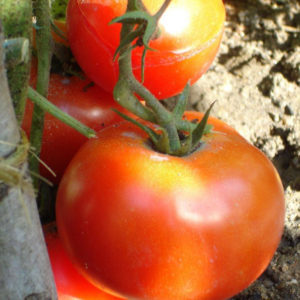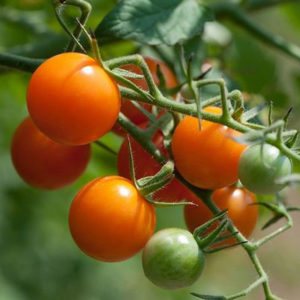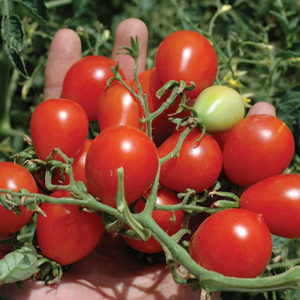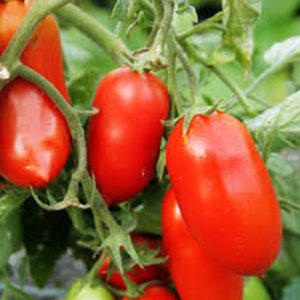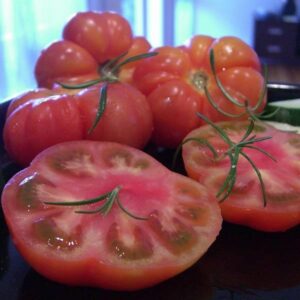-
Out of stock
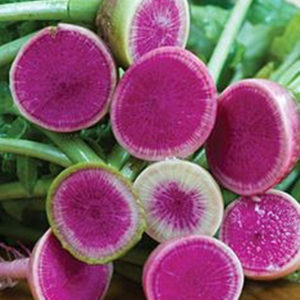 Raphanus sativus Originating from the Daikon family this lovely white radish with deep pink flesh looks beautiful sliced into all dishes. Growing habits same as all radish though not liking hot summers.
Raphanus sativus Originating from the Daikon family this lovely white radish with deep pink flesh looks beautiful sliced into all dishes. Growing habits same as all radish though not liking hot summers. -
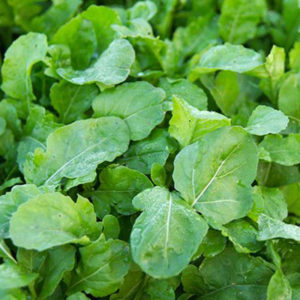 Eruca sativa An annual plant commonly known as salad rocket, arugula, colewort. A unique flavour with a hint of heat if grown during the cool months and lots of heat in the hot months. Side picked for salads since the Roman times rocket is used for everything from salads to additions to pizzas. Grow direct all year round.
Eruca sativa An annual plant commonly known as salad rocket, arugula, colewort. A unique flavour with a hint of heat if grown during the cool months and lots of heat in the hot months. Side picked for salads since the Roman times rocket is used for everything from salads to additions to pizzas. Grow direct all year round. -
Out of stock
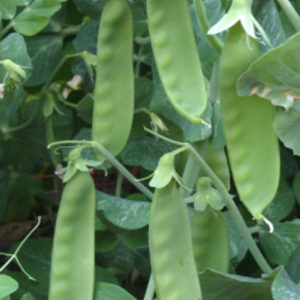 Pisum sativum This green devil dark green snowpea offers good pod shape at 11cm long and good disease resistance.
Pisum sativum This green devil dark green snowpea offers good pod shape at 11cm long and good disease resistance. -
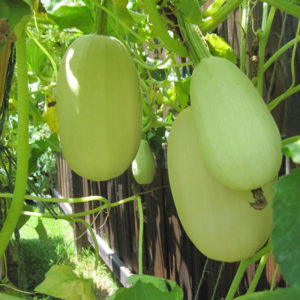 Cucurbita pepo I am often approached by my older customers seeking what they like to call a true squash. And this is the closest I can give them. Lovely flavour especially when roasted. To get the ‘spaghetti’ affect it needs baking. We cut in half, scoop out seeds, fill with eggs, cream, cheese and seasoning and bake first 20mins covered, last 10mins uncovered to crisp the top. Seriously yum.
Cucurbita pepo I am often approached by my older customers seeking what they like to call a true squash. And this is the closest I can give them. Lovely flavour especially when roasted. To get the ‘spaghetti’ affect it needs baking. We cut in half, scoop out seeds, fill with eggs, cream, cheese and seasoning and bake first 20mins covered, last 10mins uncovered to crisp the top. Seriously yum. -
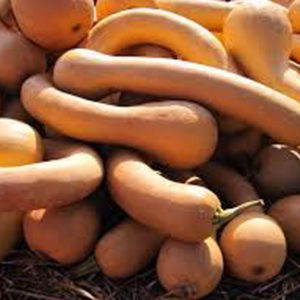
Cucurbita moschate An unusual ‘pumpkin’ in that it’s delicious while still young, picked and eaten like a squash or zucchini. Allowed to mature the skin hardens then Tromboccini should be eaten like a pumpkin. Not as sweet as some it still has great flavour and texture. When baked we added herbs and spices which it absorbed beautifully. Great watching the vines spread either on ground where squashes will ‘curl’ or on fence lines where squashes will hang straight.
-
Out of stock
 Cucurbita pepo Delightful little fruits on compact plants these bright white squashes are best eaten young when they remain very tender, needing very little cooking. Great for small meals when they can be picked carefully as needed.
Cucurbita pepo Delightful little fruits on compact plants these bright white squashes are best eaten young when they remain very tender, needing very little cooking. Great for small meals when they can be picked carefully as needed. -
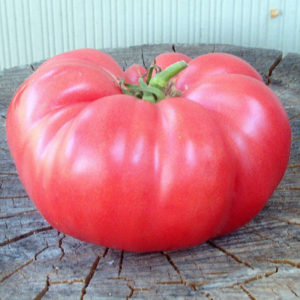 Solanum lycopersicum L. This large tomato was first presented to us by John Grasso at one of our markets. He brought it with both hands saying 'they get bigger than this'. What I didn't realise was how sweet they were. Plant is tall indeterminate type and needs to be staked well especially considering the weight of the fruit!
Solanum lycopersicum L. This large tomato was first presented to us by John Grasso at one of our markets. He brought it with both hands saying 'they get bigger than this'. What I didn't realise was how sweet they were. Plant is tall indeterminate type and needs to be staked well especially considering the weight of the fruit! -
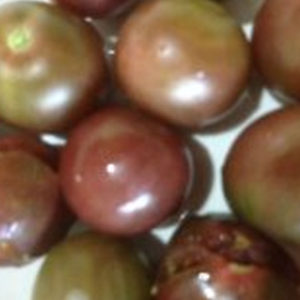 Solanum lycopersicum L. Perfectly round dark red/black fruits with rich, sweet flavour growing on indeterminate plant that needs staking. Research show its origins start in Florida and has been very popular here for the last 5 years. If you have problems with birds these are great because they cant see them! When green fruit starts getting a red hue you know they're ready.
Solanum lycopersicum L. Perfectly round dark red/black fruits with rich, sweet flavour growing on indeterminate plant that needs staking. Research show its origins start in Florida and has been very popular here for the last 5 years. If you have problems with birds these are great because they cant see them! When green fruit starts getting a red hue you know they're ready. -
Out of stock
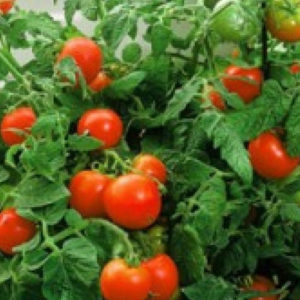 Solanum lycopersicum L. Determinate plant with sturdy trunk producing good reliable sweet medium size tomatoes. Still needs some staking and will be one of the first to produce fruit.
Solanum lycopersicum L. Determinate plant with sturdy trunk producing good reliable sweet medium size tomatoes. Still needs some staking and will be one of the first to produce fruit. -
Out of stock
 Solanum lycopersicum L. Large very beefy fruit when ripe. Has a very good flavour and excellent slicing fruit. Also good for sauces like most Roma's but we think still has a better flavour. Large indeterminate plant needing staking. A gift many years ago from a kind farmer in central Victoria.
Solanum lycopersicum L. Large very beefy fruit when ripe. Has a very good flavour and excellent slicing fruit. Also good for sauces like most Roma's but we think still has a better flavour. Large indeterminate plant needing staking. A gift many years ago from a kind farmer in central Victoria. -
Out of stock
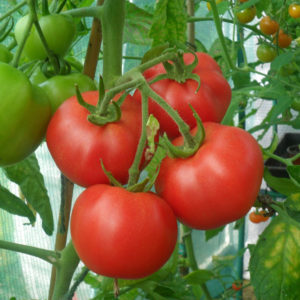 Solanum lycopersicon L. KY1 ‘Scoresby Dwarf’. A reliable determinate cultivar produced years ago for the canning industry but don’t let that put you off. It’s not a hybrid and has plenty of medium red round sweet flavoursome fruit on sturdy 1 metre determinate plant. You can look forward to lots of them!
Solanum lycopersicon L. KY1 ‘Scoresby Dwarf’. A reliable determinate cultivar produced years ago for the canning industry but don’t let that put you off. It’s not a hybrid and has plenty of medium red round sweet flavoursome fruit on sturdy 1 metre determinate plant. You can look forward to lots of them! -
Out of stock
 Solanum lycopersicon L. Oaxacan Jewel is an old heirloom from Oaxacan Mexico. Large fruit gold yellow with red & orange streaks. Sweet & mild making it great for eating or relishes etc.
Solanum lycopersicon L. Oaxacan Jewel is an old heirloom from Oaxacan Mexico. Large fruit gold yellow with red & orange streaks. Sweet & mild making it great for eating or relishes etc. -
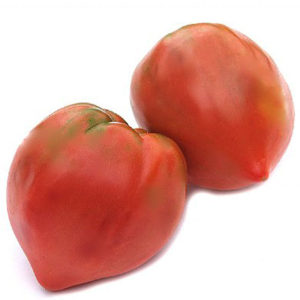 Solanum lycopersicum L. Large heart shaped fruit with deep fleshy interior. Oxheart is a great old heirloom tomato with few seeds. In parts of Gippsland this variety is a favourite handed down many generations. Described as ‘sweet, rich, complex flavour and very meaty yet still juicy’. Excellent production on a large indeterminate plant needing a lot of staking.
Solanum lycopersicum L. Large heart shaped fruit with deep fleshy interior. Oxheart is a great old heirloom tomato with few seeds. In parts of Gippsland this variety is a favourite handed down many generations. Described as ‘sweet, rich, complex flavour and very meaty yet still juicy’. Excellent production on a large indeterminate plant needing a lot of staking. -
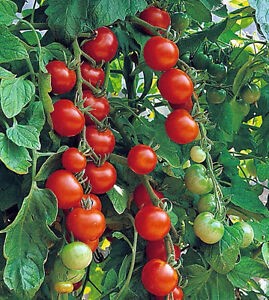 Lycopersicum esculentum This beautiful cherry size tomato was voted top in taste tests in the Melbourne International Flower and Garden Show in 2015. It has good disease resistance, producing trusses of classic red tomatoes with a sweet and juicy flavour. We love this one! Mulch and stake well. 60 seeds.
Lycopersicum esculentum This beautiful cherry size tomato was voted top in taste tests in the Melbourne International Flower and Garden Show in 2015. It has good disease resistance, producing trusses of classic red tomatoes with a sweet and juicy flavour. We love this one! Mulch and stake well. 60 seeds. -
Out of stock
 Solanum lycopersicum L. Round yellow peach coloured round fruit to 5cm with a slight soft fuzzy skin which deters insects. Excellent sweet variety with low acid and a long ripening season. One of our favourites and a must try.
Solanum lycopersicum L. Round yellow peach coloured round fruit to 5cm with a slight soft fuzzy skin which deters insects. Excellent sweet variety with low acid and a long ripening season. One of our favourites and a must try. -
 Solanum lycopersicum L. This plant will grow anywhere there's sunshine and water including large pots and keeps giving sweet currant size fruit all Summer. Eat whole in salads or straight off the bush. Research suggests it was found "growing from the crack in a sidewalk in Indianapolis in the mid 100's". Sprawling determinate plant so stake well and leave lots of room.
Solanum lycopersicum L. This plant will grow anywhere there's sunshine and water including large pots and keeps giving sweet currant size fruit all Summer. Eat whole in salads or straight off the bush. Research suggests it was found "growing from the crack in a sidewalk in Indianapolis in the mid 100's". Sprawling determinate plant so stake well and leave lots of room.



